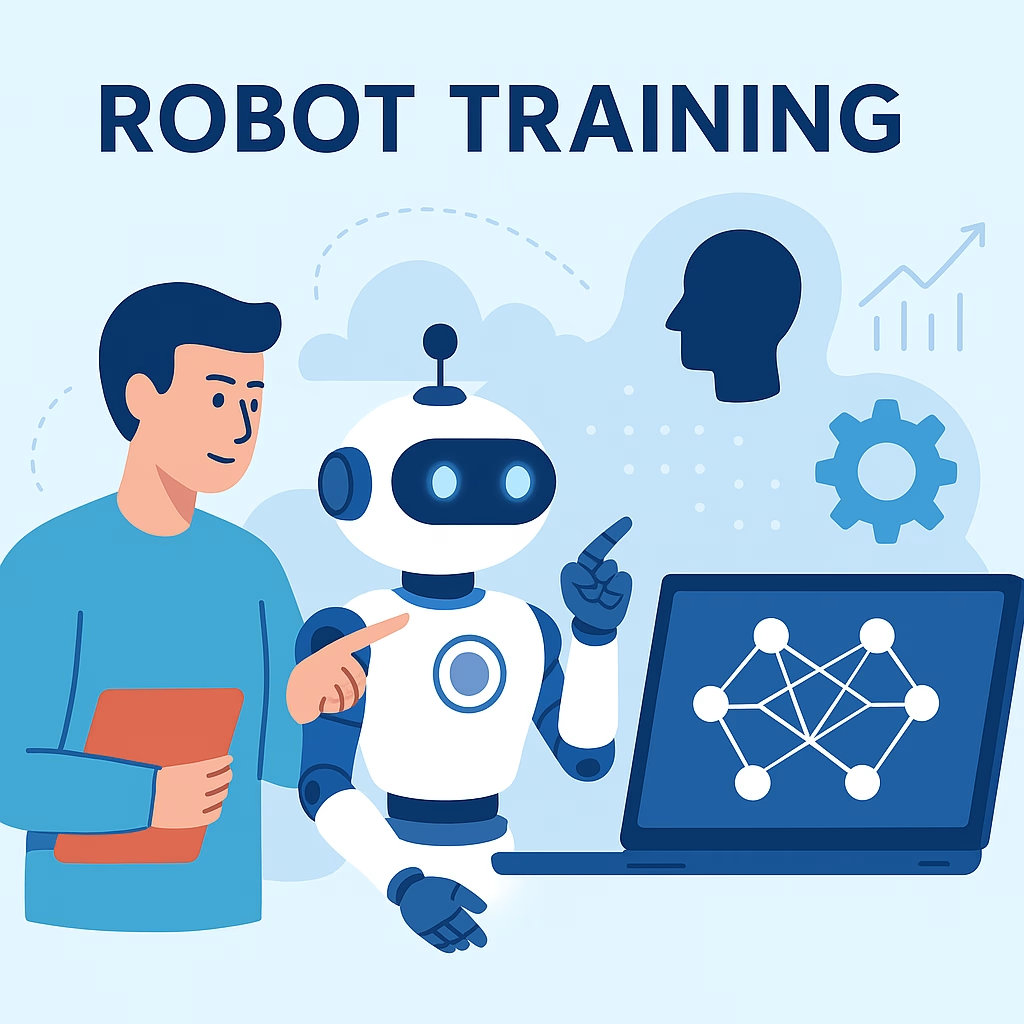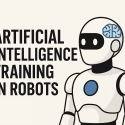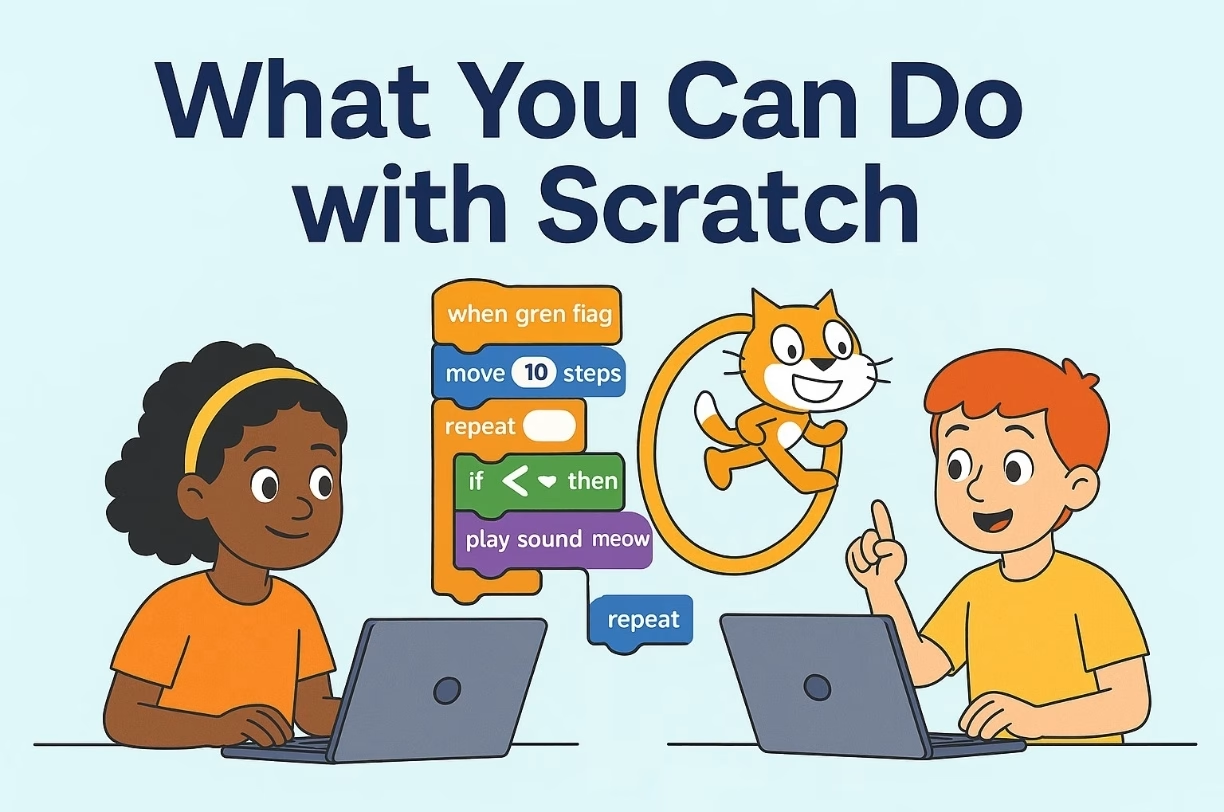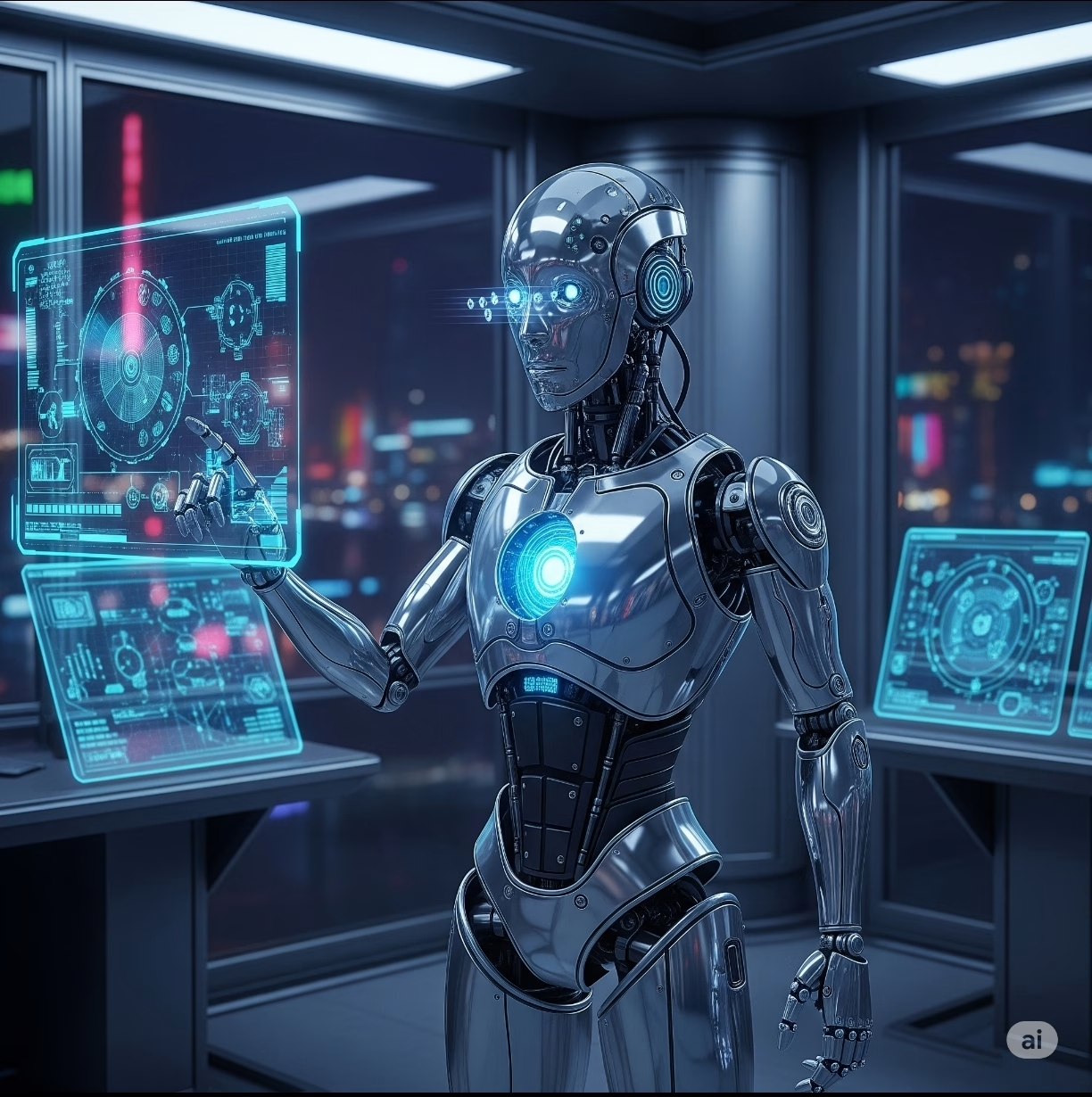🤖 What is Robot Training?
Robot training is the process of teaching robots how to perform tasks using programming, machine learning, or human demonstration. Instead of just following pre-written instructions, modern robots can learn from experience, adapt to new environments, and even optimize their performance over time.
🧠 Key Methods of Robot Training:
1. Supervised Learning
Robots are trained with labeled data, where each input is paired with the correct output.
- 📍 Example: Training a robot to recognize and pick up red blocks.
2. Reinforcement Learning
Robots learn by trial and error through rewards and penalties.
- 🎯 Example: A warehouse robot learns the fastest path to deliver packages.
3. Demonstration-Based Learning
Humans show the robot how to perform a task, and the robot mimics the behavior.
- 👋 Example: A robot arm learns to pour water after watching a human.
4. Simulation Training
Robots are trained in virtual environments before deployment.
- 🖥️ Used in self-driving cars, drones, and industrial robotics.
🔧 Tools & Platforms Used:
- ROS (Robot Operating System)
- Gazebo (robot simulation)
- TensorFlow & PyTorch (AI frameworks)
- OpenAI Gym (for reinforcement learning environments)
🌍 Applications of Trained Robots:
| Industry | Application Example |
|---|---|
| Healthcare | Surgical robots learning precision moves |
| Manufacturing | Robots learning to sort or assemble parts |
| Agriculture | Drones trained to identify crop health |
| Service Industry | Robots trained for customer interaction |
🚀 Future of Robot Training
As AI and robotics evolve, robot training will move from programmed logic to autonomous learning systems. Future robots will not only learn from humans but also from each other through shared data.









